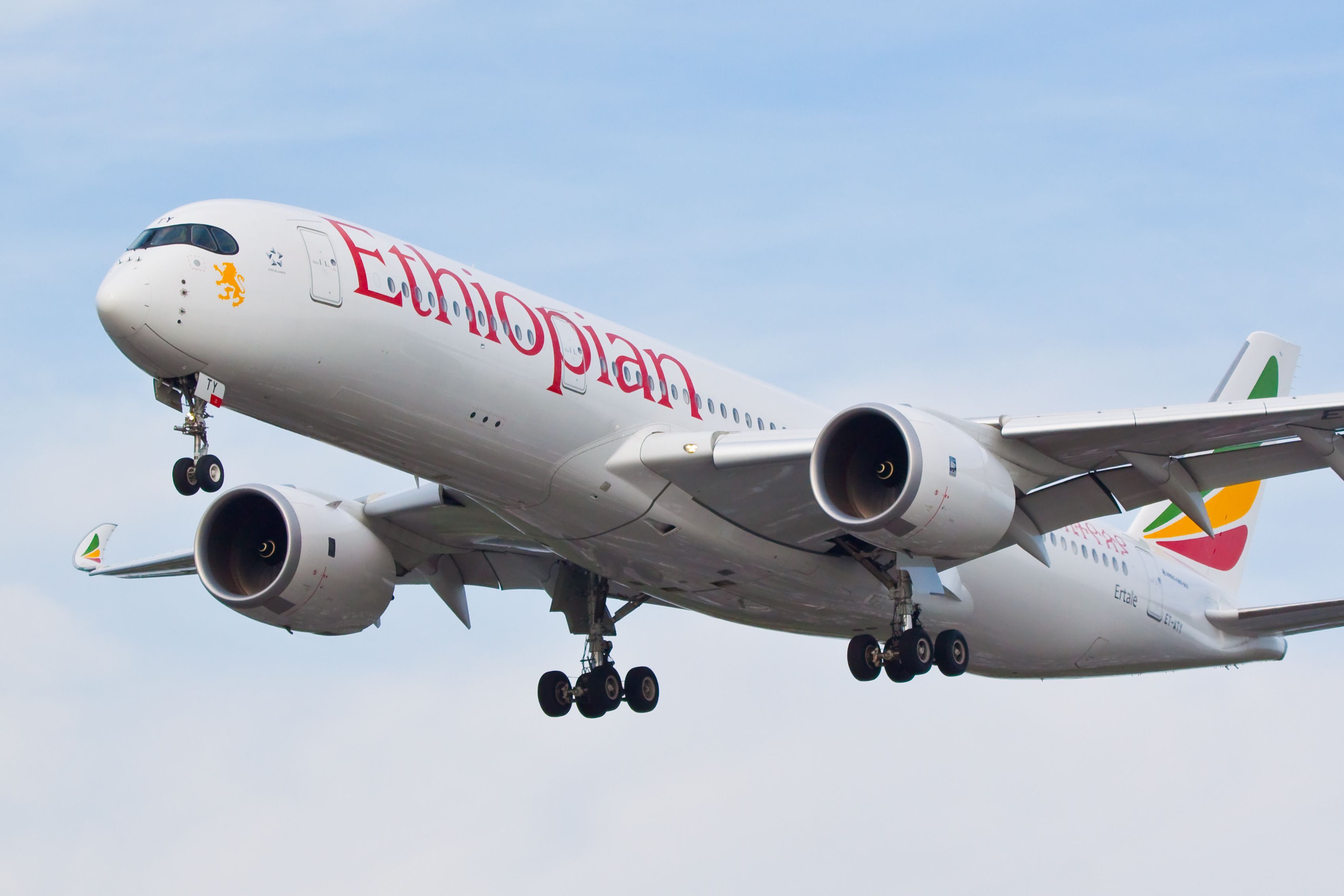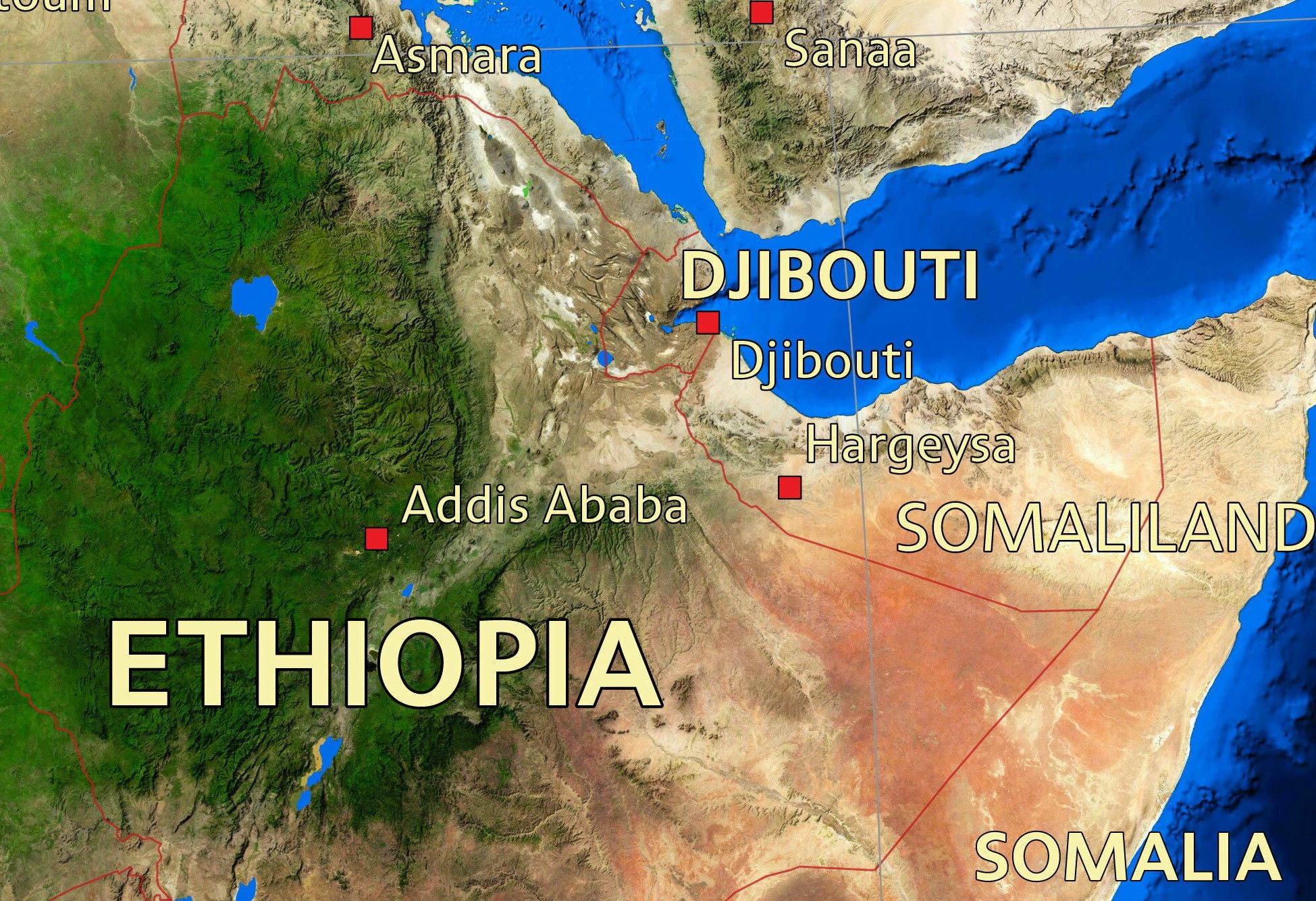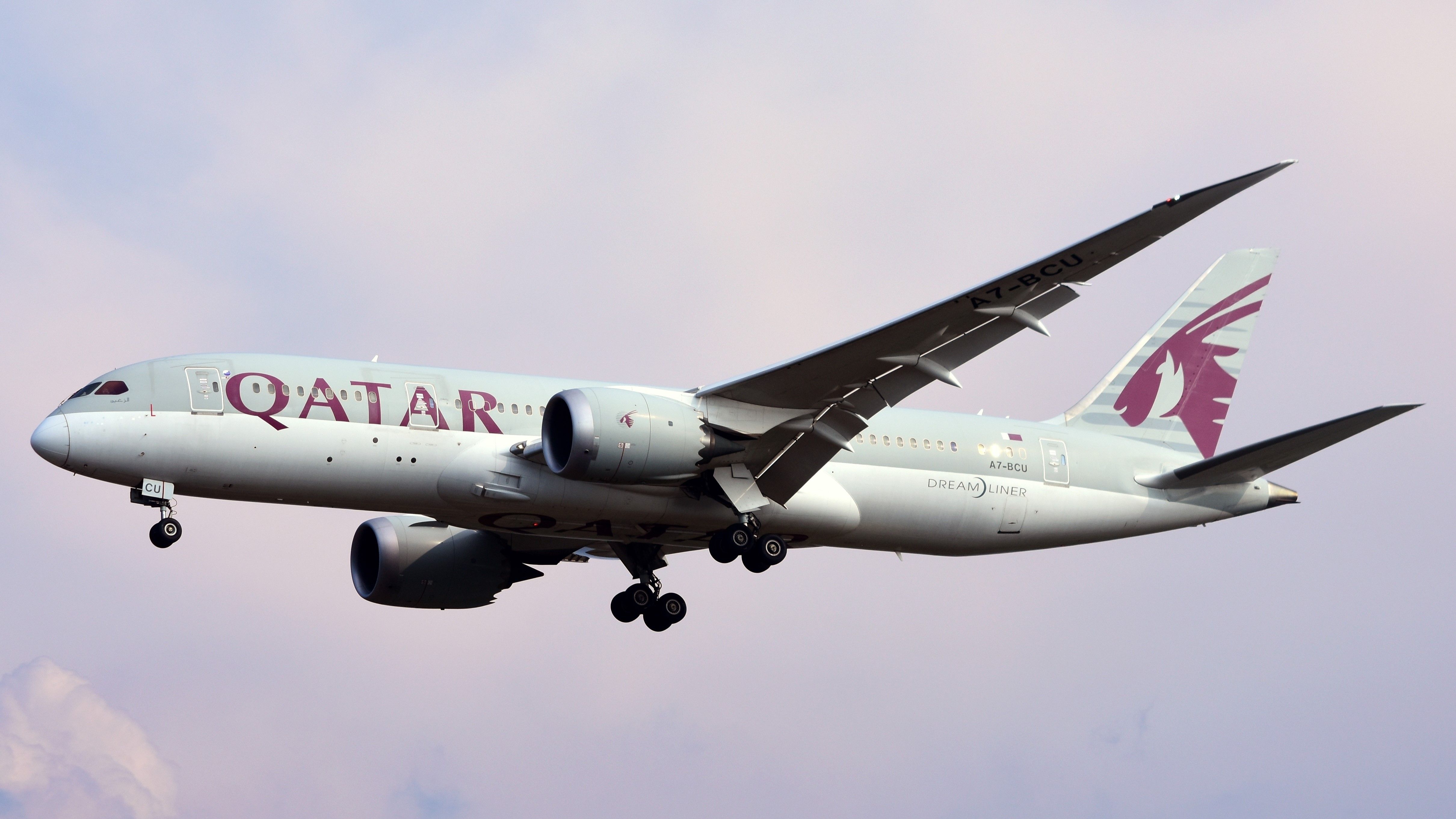Mogadishu gave the aircrafts conflicting instructions from air traffic controllers to both fly at 37000ft
Summary
- Emirates and Ethiopian Airlines flights narrowly avoided collision at 37,000 ft due to conflicting instructions.
- Quick actions by Somaliland air traffic controllers and the Ethiopian flight crew helped prevent disaster.
- Recurring incidents in the Horn of Africa airspace highlight air traffic control safety concerns.
The Somaliland Civil Aviation and Airports Authority (SCAAA) reported that an Emirates Boeing 777 and an Ethiopian Airlines Boeing 737 MAX narrowly avoided collision while flying over Somaliland. This occurred on March 24, about a month after two other aircraft nearly collided in the same airspace, adding to the growing concerns about safety and air traffic control competency in the region.
Flying at the same altitude
The latest incident involved Emirates Flight EK722 en route to Dubai and Ethiopian Airlines Flight ET690 en route to Bangalore. According to the SCAAA, the two nearly collided at approximately 00:43 EAT (21:43 UTC) while flying at 37,000 ft. They had reportedly received conflicting instructions from air traffic controllers in Mogadishu, the capital of Somalia.
Photo: IanC66 | ShutterstockAs seen on Flightradar24, the Emirates Triple Seven was flying from Nairobi Jomo Kenyatta (NBO) to Dubai International Airport (DXB). The airline operates up to two daily flights between the two cities. On March 24, Flight EK722 departed Nairobi at 19:54 UTC and eventually landed safely in Dubai at 00:29 UTC.
On the other hand, the Ethiopian Airlines 737 MAX was flying from Addis Ababa Bole International Airport (ADD) to Bengaluru Kempegowda International (BLR). ET690 departed Addis at 20:36 UTC and landed safely in Bangalore at 01:55 UTC.
Report on Incident:
On the night of Sunday, March 24, 2024, around 12:43 in East Africa, an Emirates Airways flight UAE722 flying at an altitude of 37,000ft, and an Ethiopian Airlines flight ETH690 at an altitude of 37,000ft almost collided. after Mogadishu Control gave these… pic.twitter.com/9egF5WSTS0
— Somaliland Civil Aviation and Airports Authority (@CAAA_SL) March 26, 2024
Ethiopian Airlines ascends to 39,000 ft
The SCAAA’s report suggests that both flights had been directed to converge at the same time and location. However, Somaliland air traffic controllers intervened and collaborated with the Ethiopian flight crew to avoid disaster. The Ethiopian pilots eventually ascended to 39,000 ft and maintained safe separation. Part of the SCAAA’s statement read,
“Thanks to the quick thinking and decisive actions of Somaliland Air Traffic Controllers, in collaboration with the pilot of Ethiopian Airlines, catastrophe was averted as the ETH690 pilot swiftly ascended to 39,000 ft, mere moments before disaster could have struck.”
“This incident serves as a stark reminder of the critical importance of proficient air traffic control operations. It is deeply concerning that air traffic controllers in Mogadishu are recurrently making errors of this magnitude, posing significant threats to the safety of international flights traversing the region’s airspace.”
his year, there have been several reports of flight crews receiving conflicting instructions while flying over the Horn of Africa. This comes amid disputes between the two states as Somaliland claims independent management of its own airspace, despite being internationally unrecognized.
Photo: Siirski | Wikimedia CommonsAs explained by the International Air Transport Association (IATA), the airspace over Somalia and the surrounding ocean is managed by the Somali Civil Aviation Authority (SCAA) from the Mogadishu Area Control Center. Both Ethiopian Airlines and Emirates were not available for comment at the time of publishing.
A similar incident in February 2024
The March 24 incident comes almost exactly a month after a Qatar Airways 787 and an Ethiopian Airlines Airbus A350 narrowly avoided a collision while flying about 180 NM northeast of Hargeisa, the capital of Somaliland. The Qatar Dreamliner was flying at 38,000 ft in contact with Mogadishu, while the Ethiopian A350 was at 39,000 ft in contact with Hargeisa.
Photo: fikrizzudinoor | ShutterstockThe Qatar Airways crew was wrongfully instructed to climb to 40,000 ft, and while ascending through 38,500 ft, the aircraft received a Traffic Collision Avoidance System (TCAS) resolution advisory to descend. The crew descended back to 38,000 ft and avoided disaster. Earlier that month, an El Al crew had also reported receiving conflicting instructions while flying over the Horn of Africa.
Simpleflying.com































